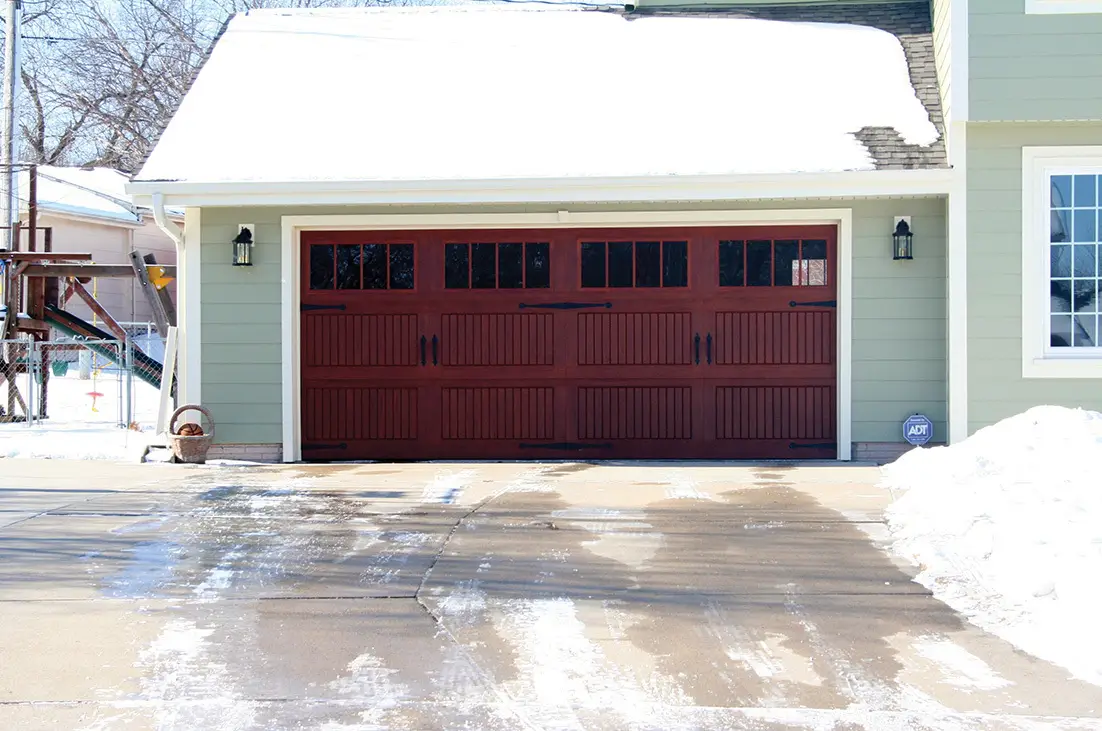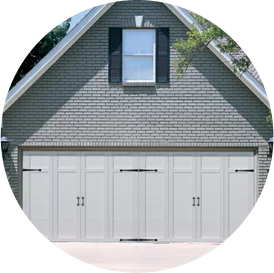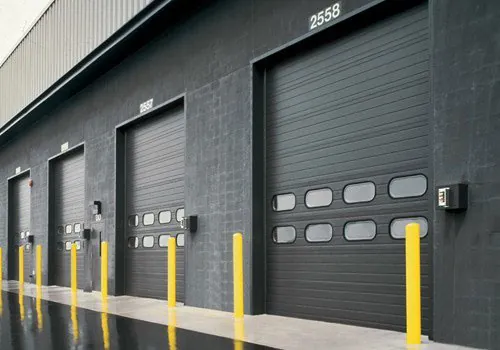It’s the end of the summer, which means the temperatures will start dropping soon. Is your home ready for the winter? Many homeowners start thinking about ways to reduce their winter energy bills in the fall—it’s never too early (or late) to increase your home’s energy efficiency!
Installing insulation is one way to help you save on your utility bills—but the attic and walls aren’t the only places to insulate. Have you considered the garage door? Installing insulated garage doors can contribute to your home energy efficiency efforts.
What Type of Insulation Is Used in Garage Doors?
A form of foam insulation is often used in garage doors. Overhead Door’s steel and wood garage doors have:
- Polyurethane insulation: This is one of the most common types of spray foam insulation and has been used for many years. Spray foam insulation helps prevent air infiltration.
- Polystyrene insulation: A type of rigid foam insulation, polystyrene insulation is used for building products in both the residential and commercial industry.
Our insulated garage doors are not only energy-efficient but can help better protect the interior of your garage and keep your home more comfortable all year long. They also tend to operate more quietly.
Benefits of Polyurethane-Insulated Garage Doors
Because Polyurethane is a liquid foam injected into the garage door, it results in a completely insulated cavity for maximum performance. Polyurethane insulation has a higher R-value than Polystyrene, ranging from about 18.4 to 20.4. Liquid foam, on average, will keep your garage 10-20 degrees cooler in the summer and warmer in the winter. Although Polyurethane is the more expensive option, it adds strength and rigidity to your door for added durability. It also keeps your garage door more soundproof and dent-resistant. Polyurethane is typically added to garage doors before sales due to the more complex installation process.
Benefits of Polystyrene-Insulated Garage Doors
Polystyrene rigid foam board insulation is the more economical choice for garage doors. Its R-value is lower, roughly 4.7-12.9 depending on the thickness, but is an easier installation process compared to Polyurethane liquid foam insulation. Polystyrene insulation kits are often found at major retailers and are perfect for after-market, uninsulated garage doors. While Polystyrene foam boards won’t insulate your garage as well as Polyurethane liquid foam, it will still make a considerable difference compared to an uninsulated door.
Our Insulated Door Options
Overhead Door offers many different doors that have insulation, including:
Polyurethane
- Thermacore® (steel)
- Courtyard Collection® (steel)
- Carriage House (steel)
- Impression Collection® (fiberglass)
- Durafirm Collection® (vinyl)
Polystyrene
- Traditional Wood (wood)
- Signature® Carriage (wood)
- Traditional Steel (steel)
These doors have different R-values (measurements of the insulation material’s ability to stop the transfer of heat), from 4.75 all the way to 20.4.
No matter your garage door needs in southwestern Ohio, Overhead Door Co. of Greater Cincinnati™ can meet them. We are happy to answer any questions you have about garage door insulation and the energy-efficient, insulated doors that we install!
Contact us to learn more about our services or to get an estimate for your project.










